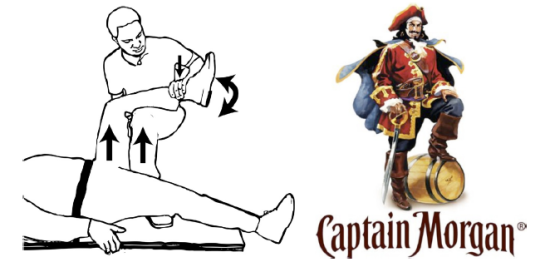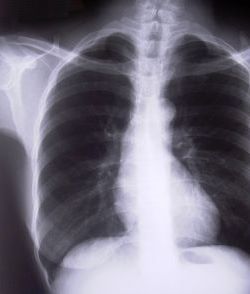We’ve all been faced with injured patients who are taking some kind of anticoagulant, and it complicates their care. Why can’t we just stop them in patients at risk for injury (e.g. an elderly patient who falls frequently)?
Two major risk groups come to mind: those taking the meds who have DVT (or a propensity to get it), and patients with atrial fibrillation who take them to decrease stroke risk. I was not able to find much info (yet) on the former category. But there is a series of nicely done studies based on work from the Framingham Heart Study.
The Framingham study started in 1948, and has been following over 5,000 people for the development of cardiovascular disease. In this particular analysis, 5070 patients who were initially free of disease were analyzed for development of atrial fib and occurrence of stroke. Anticoagulants were seldom used in this group.
The authors found that the prevalence of stroke increased with age in patients with atrial fib. The percentage that could be attributed to a-fib also increased. The following summarizes their numbers:
- Age 50-59: 0.5 strokes per 100 patients, attributable risk 1.5%
- Age 60-69: 1.8 strokes per 100 patients, attributable risk 2.8%
- Age 70-79: 4.8 strokes per 100 patients, attributable risk 9.9%
- Age 80-89: 8.8 strokes per 100 patients, attributable risk 23.5%
Bottom line: The risk of having a stroke just because a patient has atrial fibrillation goes up significantly with age. So setting an age cutoff for taking an anticoagulant doesn’t make sense. Unfortunately, increasing age also means increasing risk of injury from falls. Warfarin definitely cuts that risk, and it happens to be relatively easily reversbile. However, the newer non-reversible drugs change the equation, shifting the risk/benefit ratio too far toward the dark side. We need some good analyses to see if it really makes sense to move everybody to these new (expensive) drugs just to make it easier to dose and monitor. The existing studies on them only look at stroke, but don’t take injury morbidity and mortality into account.
Reference: Atrial fibrillation as an independent risk factor for stroke: the Framingham study. Stroke 22:983-988, 1991.
Click here to download a reference sheet for dabigatran reversal.



